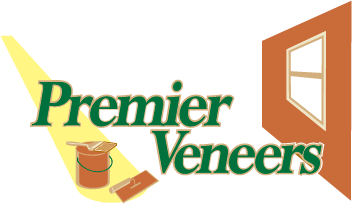environmental Sustainability
“Sustainability” is an important new term in the construction industry meaning that a project is: 1) environmentally friendly to build; 2) results in operational cost savings over its entire life cycle; and 3) leaves a minimal “carbon footprint". Environmental sustainability is determined through several voluntary standards networks and certification systems, most notably LEED (Leadership in Energy and Environmental Design), run by a Washington D.C.-based non-profit organization, called The U.S. Green Building Council. The LEED system is used by project owners, architects, engineers, real estate owners, builders, and designers to certify that their projects – commercial, residential, or institutional; and new construction or renovation - are what are called “Green Buildings”.
Natural aggregates, such as sand, gravel, limestone, calcite, and crushed stone, make up a large part of concrete and are almost always mined from local quarries and deposits.
Until recently, the sustainability movement was largely a marketing ploy used by major U.S. building interests. Now, this movement has a noticeable impact on building trends in the United States and Canada. State, county and municipal governments have adopted, and in some cases, mandate, these voluntary standards in legalized formats, and use them as zoning requirements for large projects and for tax credits and other fiscal incentives. As of 2010, the General Services Administration requires new construction and substantial renovation of Federally-owned facilities to be "LEED® Gold"; and in December 2015, Congress allocated additional funding of almost $20 billion for Green Building initiatives at the U.S. Department of Energy and Environmental Protection Agency.
According to the USGBC, LEED initiatives, including legislation, executive orders, resolutions, ordinances, policies, and incentives are now found in all 50 states, and LEED Green Building practices and initiatives in 165 countries worldwide. Illinois ranked first on USGBC's Top Ten States for LEED Green Building from 2013-2015, and in 2020 was third in the nation, while Chicago moved to number one in the nation in 2017 for overall certified Green Building (LEED and the EPA's" Energy Star"). Michigan has yet to make the top ten list, and generally ranks about 17th or 18th, although Detroit and Grand Rapids rank among the top 30 cities nationwide for LEED Green Building, with Grand Rapids at or near the top of the list every year for the past six years among mid-size U.S. cities.
There are various ways for a project to qualify as a “Green Building”, but the use of concrete, and specifically, concrete flooring, is one of the best ways possible. This is because concrete is energy-efficient to produce, made from local materials that require little to no transportation, and uses recycled or waste products that are readily available. Concrete is now the second most widely used material in the world, after water. Acid-stained concrete as a flooring system also contributes in ways that other flooring materials do not: it produces little construction waste; emits little to no VOC’s, never needs replacement, has reduced costs of operation (e.g., lighting, HVAC, and maintenance), promotes optimal indoor air quality, and is ultraviolet light-resistant and inflammable.
It should be noted that there is little consensus that certified Green Buildings actually use less energy, are more energy efficient or have reduced emissions of greenhouse gases than regular buildings. The statistics used for LEED certification are all projected savings, not actual ones, and in one study, less than half of LEED-certified buildings qualified for the Energy Star label based on utility bills once the building was up and running. In addition, the certification process is extremely expensive - GSA estimates that certification adds $150,000 to the cost of a new building - and at least 10 states now have passed legislation banning use of LEED measures because of the negative impact on the local economy.
Overall, most home or building owners will never need or require LEED, or another Green Building certification, but it is a sure way to attract positive press and public attention, especially if you live or work in Chicago, Grand Rapids or Detroit. As of December 27, 2020, it is also a way to achieve a reduction in your taxes. In the Consolidated Appropriations Act of 2021, Congress made the 179D Energy Efficient Building Deduction permanent.
To read more about decorative concrete and LEED Green Building, see this article: Chalk up Green Points with Decorative Concrete . To read more about Green Building, in general, see this recent article: Green Building Trends For 2018 And Beyond .



